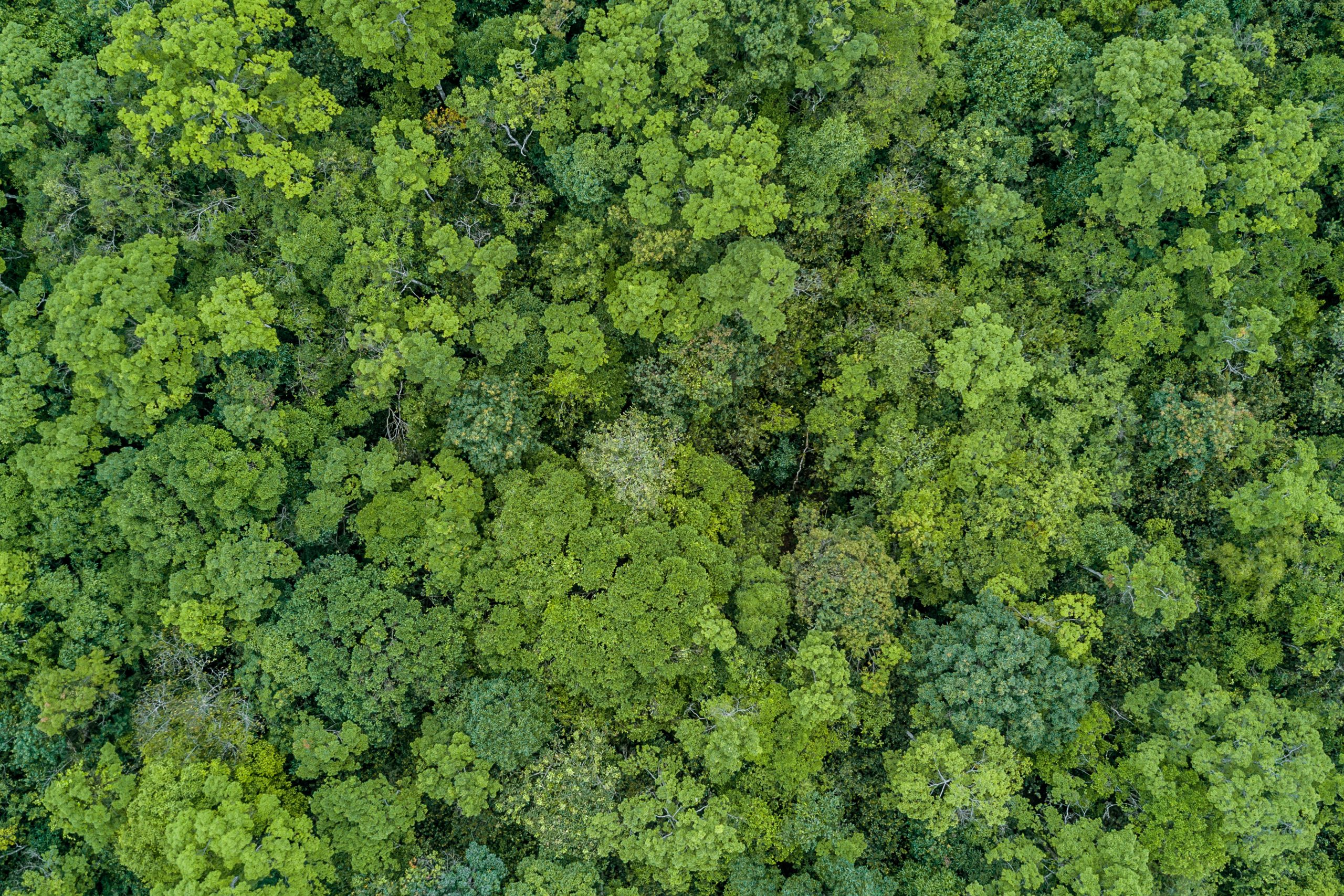
Private landowners, farmers and communities networking to save precious cloud forests in Colombia

Preventing loss of 52,000 hectares, and millions of tons of carbon, across a network of forests and farmland

Offering 10,000 households green economic opportunities and increased incomes from forest-protection measures

Safeguarding futures for 800 species, including four endangered birds, in several key biodiversity areas
Supported environmental education, citizen science and community conservation, and helped local people achieve economic benefits from forest protection.
Trillion Trees partner BirdLife International has been working in this area through Colombia’s Asociación Calidris for over 15 years. Calidris is an independent national conservation organisation with strong local relationships and connections to the people and nature of this landscape. It has been involved in many community initiatives such as environmental education, promoting and leading citizen science in the country, and encouraging other local participation in conservation actions.
This project is locally designed and led, and based on a strong foundation for success. With funding from the Critical Ecosystem Partnership Fund (CEPF), the first phase of the project has already supported direct conservation activity to protect four globally threatened bird species. Calidris published conservation action plans for the four key bird species that outline plans to protect these species’ habitat, reduce deforestation rates in the area, and help set communities on sustainable economic development pathways. They are working with the National Parks office to get those plans published by the Ministry of Environment. Calidris also laid the groundwork for the Western Andes Birding Trail, which includes birdwatching sites in the Paraguas-Munchique conservation corridor. With its goal of helping local communities derive economic benefits from biodiversity conservation, the project has funded field work, community outreach, marketing and fundraising initiatives.
Developing a network of protected forest areas, achieving verified carbon emissions reductions, promoting conservation agreements with private landholders, ensuring local people benefit fairly, and supporting sustainable development.
The heart of this project is community engagement and ecological connectivity. We will engage hundreds of farmers and private landowners to sign conservation agreements, ensuring the long-term protection of forest on their properties in exchange for income generated from the sale of carbon credits. This will effectively create a collaborative conservation corridor in Colombia’s western Andes that will not only connect habitat for the many vulnerable species here, but also help unite private landowners and wider communities. This effort will necessitate a careful land-use planning exercise conducted in a participatory, community-focused way (social cartography) – so people can identify the areas particularly important to them, either for conservation or production.
Specific project actions include protecting and restoring thousands of hectares of important bird habitat, initiating community bird monitoring, as well as bird-watching tourist routes, and securing further funding for the work. The project timescale is at least 20 years, extendable up to 30 years.
An important element in avoiding deforestation while improving local sustainable development will be delivering verified carbon emissions reductions. Our partners Calidris have been developing a certified REDD+ project to generate carbon credits, sold to create consistent income for communities sharing the landscape. A feasibility study has shown potential to protect 52,000 hectares of forest, with annual emissions reductions of 150,000 tons. Working alongside local people, we must ensure there is an equitable governance structure to distribute this income fairly among communities. We want to see an impact fund established, to provide much needed investment into community education and health, as well as green economic opportunities for local people, especially women and young people.
The Paraguas-Munchique forest corridor in the western Andes is a biodiversity hotspot – and also highly threatened.
This stretch of ‘cloud forest’ in west Colombia’s green mountains contains six Key Biodiversity Areas, home to more than 50 threatened species – including the critically endangered Ruiz’s robber frog (Strabomantis ruizi). Among the area’s incredible 741 bird species, the project is focused on four threatened birds, including the endemic Cauca guan. The area also provides vital water supplies for nearby cities and towns, including the third largest city in the country.
The forests of the Paraguas-Munchique corridor are within the CEPF Tropical Andes Hotspot, and are increasingly threatened due to the expansion and intensification of agricultural, livestock and mining activities, the growth of urban areas, and overexploitation of natural resources. These processes have driven a number of birds and other species to the verge of local extirpation, and even global extinction.